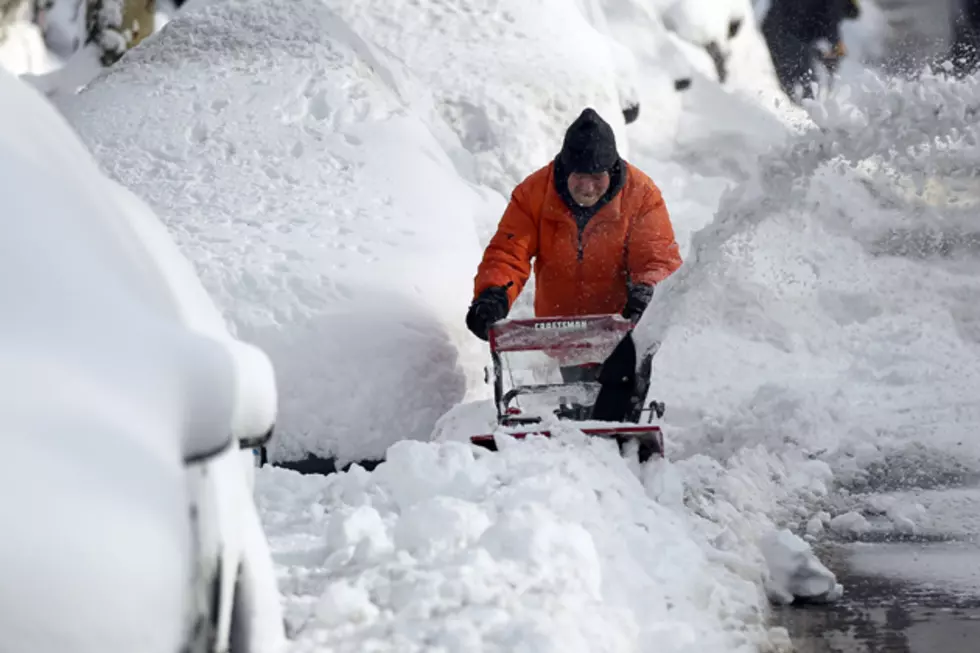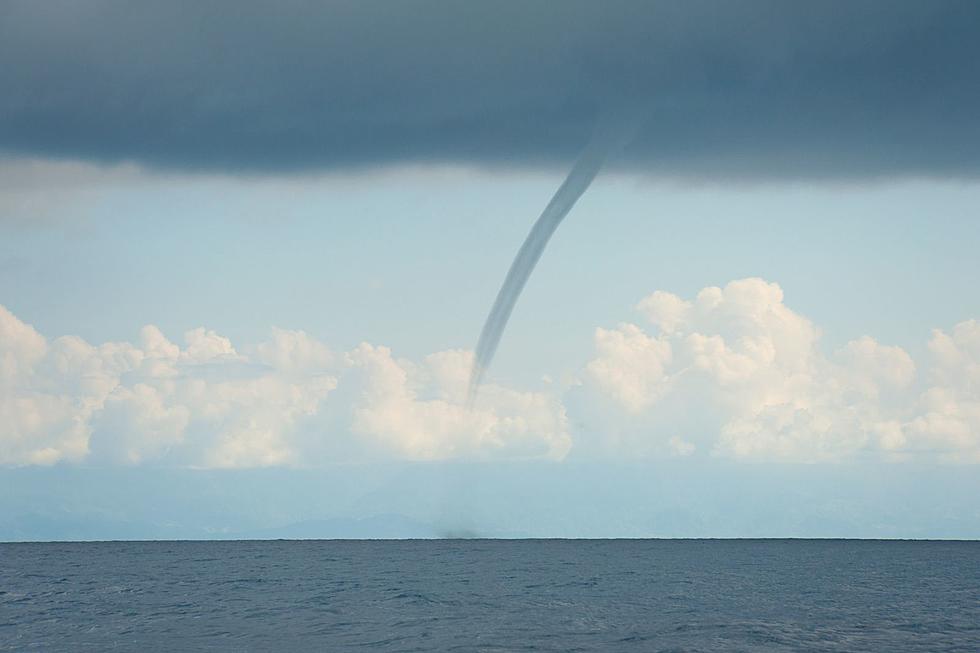
Yankee Lists ‘New England’s Weirdest Strange Weather Events’
Mark Twain once said, "If you don't like the weather in New England now, just wait a few minutes."
Of course, Twain could have been talking about just about anywhere in the U.S., but those of us in the Northeast take those words to heart.
The editors at Yankee Magazine at NewEngland.com are famous for their attention to the New England weather. "From ice storms and tornados to the summer that wasn't," a March 28, 2022, article by Joe Bills looks at "6 strange weather events in New England History."
There are many more but these are the six that Bills found most interestingly weird.
Bills recalls "The Dark Day" of 1780, "when after several days of the sun appearing to be red," residents saw "a sunrise quickly followed by a return to darkness." Bills says, "The cause of this blackout was likely a combination of smoke from Canadian forest fires and a low, heavy fog."
A tornado outbreak on June 1, 2011, was another strange weather occurrence. Bills says, " At least seven formed in the Connecticut River Valley and caused extensive damage to Springfield, Massachusetts, and the surrounding area." The twisters killed seven people, injured 200, and left many others homeless.
Then there was June 6, 1816, when it snowed two weeks shy of the first day of summer. My colleague Michael Rock recently wrote about that day and how New Bedford received six inches of snow. Bills says it was likely the result of the 1815 volcanic eruption of Mount Tambora in Indonesia.
The 1965 New England drought was part of a "near-decade-long dry spell that ran from 1961 to 1969." Eleven Massachusetts counties were declared drought-related disaster areas.
Northern New England ice storms in 1998 and 2008 wreaked havoc on the region.
Between January 5 and January 9, 1998, an ice storm "devastated much of northern New England, along with northern New York and southeast Canada."
A powerful ice storm in December 2008 resulted in at least four deaths in the Northeast, including two in New England.
The 1911 heat wave was "the deadliest in the region's history," according to Bills. Boston set a record high temperature for Massachusetts of 106 degrees on July 2, 1911.
That record would fall on August 2, 1975 when the temperature reached 107 degrees in New Bedford.
LOOK: The most expensive weather and climate disasters in recent decades
LOOK: The most extreme temperatures in the history of every state
More From WFHN-FM/FUN 107









